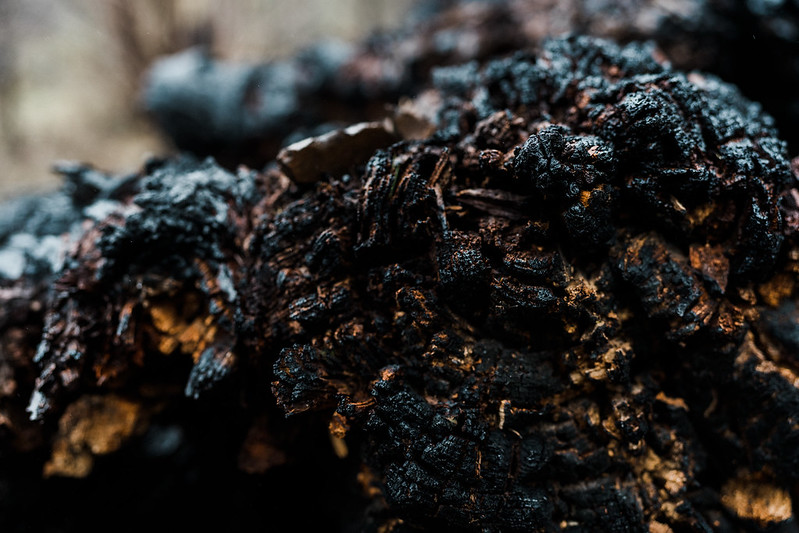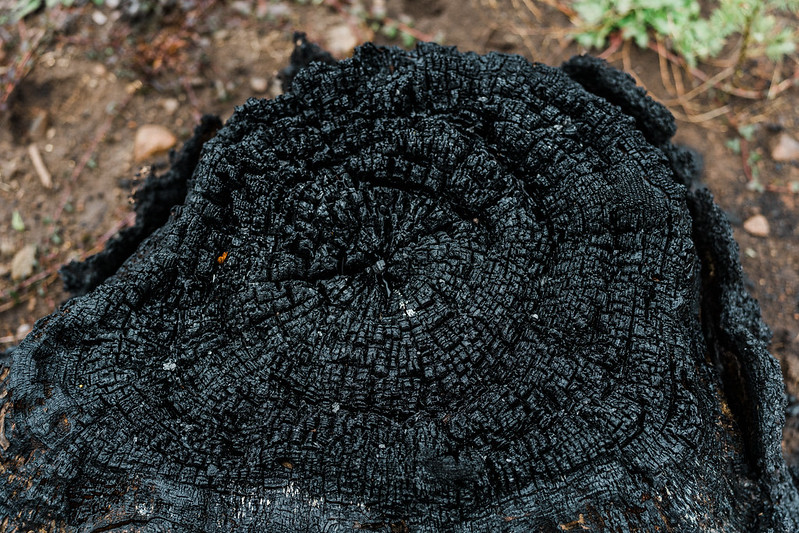This article was written in collaboration with Nick Smith of Healthy Forests, Healthy Communities.
For more than 40 years, the anti-forestry movement rallied around saving the “last of the old growth” on federal lands, as if entire national forests had been logged into moonscapes and only a few big trees remained.
More recently, they cheered when President Joe Biden signed his executive order on Earth Day 2022, directing his agencies to embark on a costly and time-consuming exercise to define and inventory these last remaining mature and old growth forests.
The administration released its report a year later. What did they find? There is no shortage of mature and old growth trees on land managed by the U.S. Forest Service and Bureau of Land Management (BLM) based on regional definitions of these forest types developed in the 1990s.

On the 193-million-acre National Forest System alone, the U.S Forest Service found 24.4 million acres of “old growth” and 67.4 million acres of “mature” forest — about 143,000 square miles, larger than the state of Montana. In total, these forests make up a combined 63% of inventoried Forest Service and BLM lands.
Many of these forests are on lands that would likely never be logged, because three-quarters of NFS lands are largely off-limits to active forest management and timber harvest under existing forest plans and land set-asides like Congressionally designated wilderness areas.
And the inventory did not count mature and old-growth forests on the millions of acres on National Parks, National Wildlife Refuges, state parks and other public lands where forest management is largely prohibited.

Through the Inflation Reduction Act, the federal government spent $50 million and countless agency staff hours to define and inventory these forests, when data already indicates that severe wildfire and insect infestations are the leading contributor to large-scale losses of big and old trees — not timber harvest. As harvest has declined dramatically on federal land, annual acres burned have increased sharply.
As the Society of American Foresters noted, the inventory analysis did not measure the health of our federal forests or account for alarming levels of tree mortality and carbon emissions associated with overstocked and unhealthy forests. Many forests in western states are now emitting more carbon than they sequester annually.
Yet activists are clamoring for further restrictions on forest management, as if wildfires were not a threat at all.
If the goal is really to reduce net carbon emissions and address climate change, one of the best things we can do is to actively manage forests to reduce risks of massive carbon-emitting wildfires, and to store carbon in long-lived wood products.
Subscribe
We’ll send you a notification when a new story has been posted. It’s the easiest way to stay in the know.